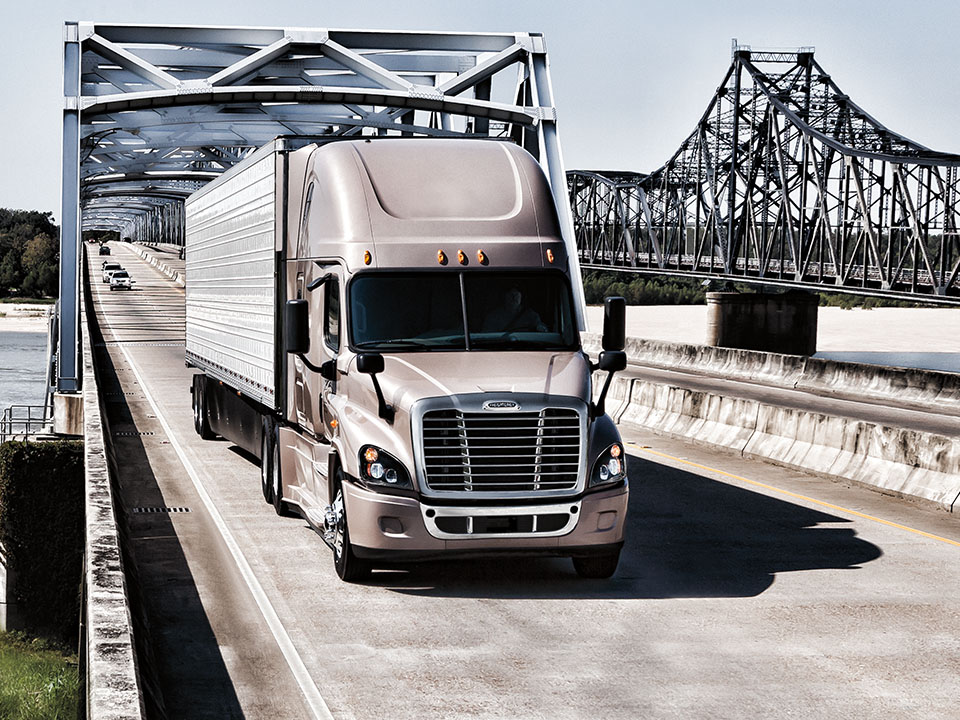Getting from “here” to “there” has never been more challenging for those tasked with delivering freight. Logistics is key to optimizing those deliveries.
It should come as no surprise to anyone within the trucking industry that, between traffic bottlenecks, a lack of parking spaces, overcrowded distribution centers, and regulations, it is getting harder and harder to maintain profitability and productivity while satisfying customers’ needs.
This has made the science of logistics increasingly necessary. A recent FleetOwner article notes that U.S. businesses’ spending on logistics in 2017 rose 6.2 percent over the previous year, for a total of $1.5 trillion (yes, that’s trillion with a “t”). This astounding number amounted to 7.7 percent of U.S. gross domestic product in 2017. The data was taken directly from the latest State of Logistics Report issued annually by The Council of Supply Chain Management Professionals (CSCMP).
Logistics, as I said above, is a lot more than merely getting finished product from here to there. It is a necessary component in every step of the supply chain, from moving raw materials to controlling inventory to ensuring regulatory compliance to optimizing routes that will result in less fuel consumption to obviously making deliveries on time. Logistics doesn’t just link buyers and sellers; it also integrates the functional stakeholders throughout the companies involved.
Besides globalization, which has opened up markets worldwide, one of the biggest factors in the expanding role of logistics has been the meteoric rise of e-commerce. Being able to order with a single click has led both B2C and B2B customers to expect nearly instant (or at least faster) gratification and fulfillment. This has increased the need for better “last mile” planning, a topic I covered in a recent blog.
This greater demand, coupled with a shortage of drivers has resulted in much tighter capacity and that has created an even bigger challenge that causes many companies to turn to either a 3PL or in-house logistics department. Technology is changing how the procurement process functions; making it necessary for logistics professionals to adopt digitization and the visibility, transparency, and data that this technology provides. A 2016 PwC report noted that, “There is no other industry where so many industry experts ascribe a high importance to data and analytics in the next five years than transportation and logistics – 90% in T&L compared to an average of 83.8%. The sector has never had access to more data.” The report goes on to indicate that logistics providers and professionals who adapt digitization throughout the supply chain can benefit from “improved forecasting to scale capacity up or down and plan routes.”
The State of Logistics Report I cited above holds similar opinions to the PwC report. It expects disruption and an evolutionary process sparked by a technology revolution will separate winners from losers. It notes, “The next-generation supply chain will improve fulfillment and drive efficiency through technologies such as big data and predictive analytics, artificial intelligence, robotics, crowdsourcing, and elective and autonomous vehicles.”
Keeping up will be a daunting task for those in the logistics sector, but there has surely never been a more exciting and challenging time to become a participant in this ever-more-important profession.





